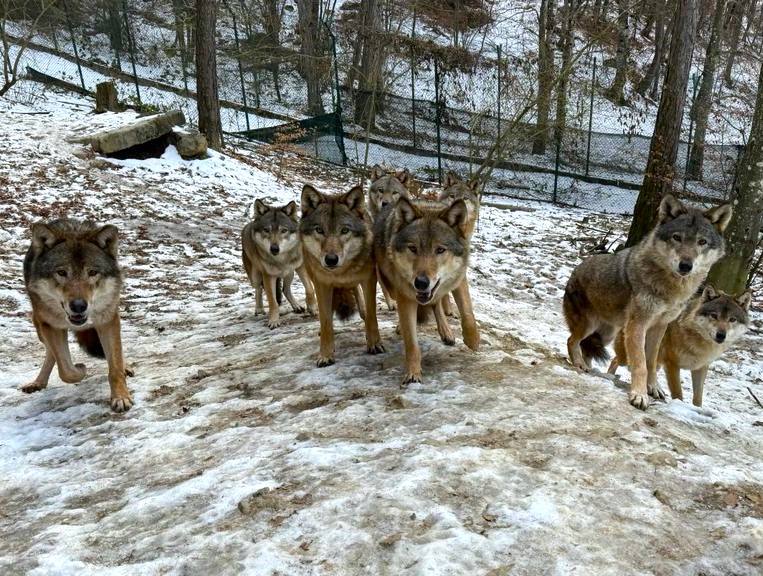
Dogs
Head tilting & attentiveness
frequency
The percentage of dogs performing the head tilting behaviour was quite high, according to owners, and even puppies do it. However, certain individuals did not head tilt during the experiment, despite having performed the behaviour in other occasions. This suggests that the sound must be interesting and biologically relevant for the animal to trigger the head tilting behaviour, requisite that seems even more important if the function of this behaviour is to collect informations about the sound.
For future studies it would be interesting to test which sounds trigger the head tilting behaviour in dogs and, perhaps, also in other animals.

Sound-related variables
The only significant result concerned the order of trials, suggesting that the dogs lost interest for the sound or became habituated to the experiment quite fast. In alternative, it could mean that the possible function of head tilting is fulfilled quite fast, after only three trials. Mean attentiveness stayed quite constant but the percentage of trials in which dogs paid no attention at all increased with the passing of trials, in accordance with the decreased head tilting percentage. Hence, future studies should try to minimise the number of repetition of sounds for each animal.
Regarding the initial hypotheses of the current research, it cannot be confirmed that the head tilting behaviour is performed by dogs to obtain more information about the position of the sound source on the vertical axis. However, the fact that sound reproduced from the vertical axis triggered a higher head tilting response compared to sound from the side, with a tendency of significance for the frontally positioned sound, seems to support it. For future studies, it would be interesting to present the sound exactly above and directly underneath the dogs’ head and from its side, to reproduce a condition more similar to when the foxes localize preys.
The visibility improvement hypothesis was not confirmed either, since the head tilting frequency did not differ significantly in relation to the visibility of the sound source, despite it being higher when the sound source was invisible and decreasing more slowly. Instead, dogs were significantly more attentive when the sound source was visible, probably because they had a target they could focus on. However, they head tilted less, which could be because they had also the sight to gain information so they would not need hearing and head tilting as much.



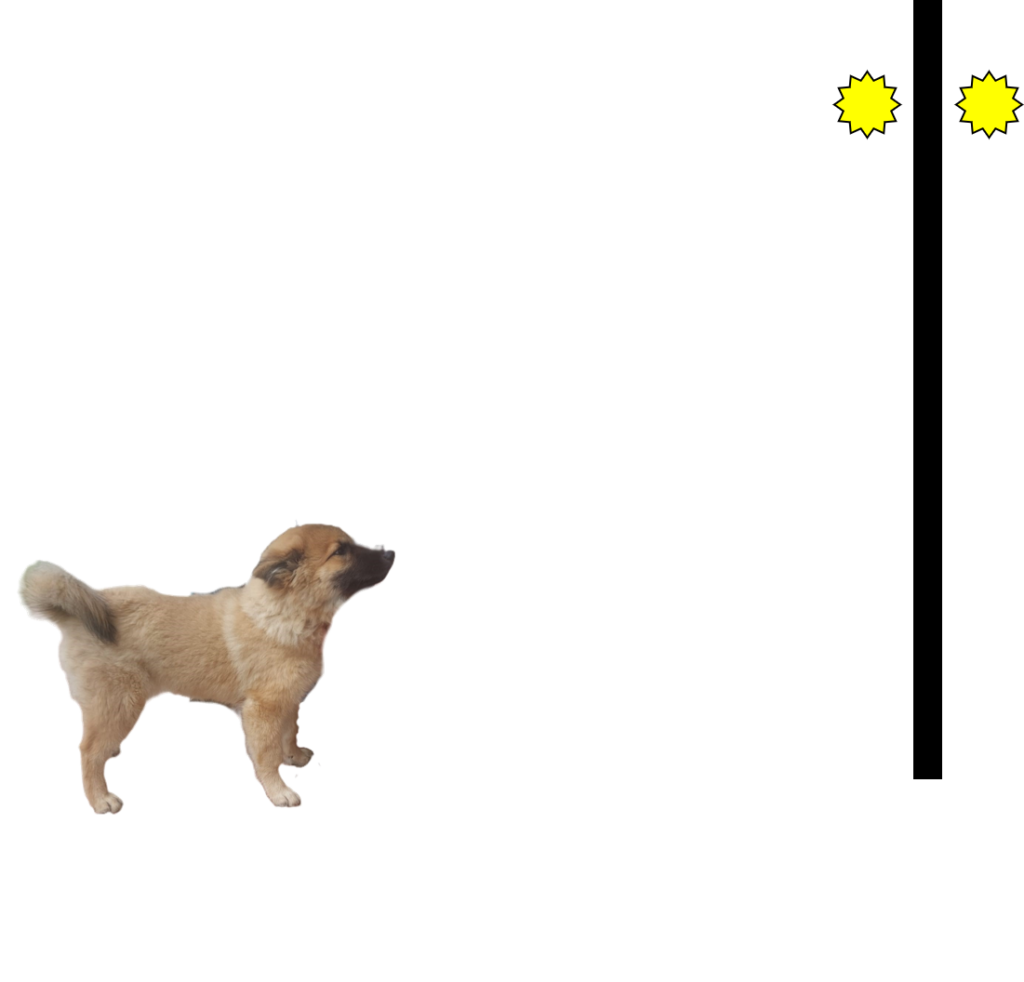
Dog-related variables
The head tilting behaviour in dogs does not appear to be influenced by the sex or the age of the dog. However, the head tilting and attentiveness decline with age could be due to the play-related nature of the squeaky sound, probably less interesting for old dogs. Instead, both females’ head tilting and attentiveness seemed to last longer than the ones of the males. It can possibly be because males tend to get distracted more easily due to their higher vigilance. In alternative, females might have associated the squeaky toy sound with the one of whining puppies. At the same time, it must be taken into consideration that the majority of young dogs were females while the majority of male dogs were males, a ratio that could have influenced the results.
The pinnae (ears) shape does not seem to have any influence in the frequency of the head tilting behaviour. Regarding any possible link between the head tilting frequency and the breed group or the muzzle length of the dogs, the number of dogs present in certain categories was too small to allow for a reliable statistical analysis. Still, brachycephalic dogs did head tilt, weakening the probability of the muzzle impediment hypothesis. Hearding dogs (group 1) and terriers (group 3) head tilting percentage was higher than the other groups. It could be because the first have a high attentiveness due to their working dogs nature and the latter were used for hunting small squeaking creatures.
Despite the head tilt inclination was not measured nor taken into account, the observed variation between subjects was important. It would be interesting for future studies to measure the degree of head tilting to examine possible correlations with other variables. For example, if the head tilting is connected to an evolutionary adaptation to increase the dog cuteness, certain dog breeds could be performing it more extremely.
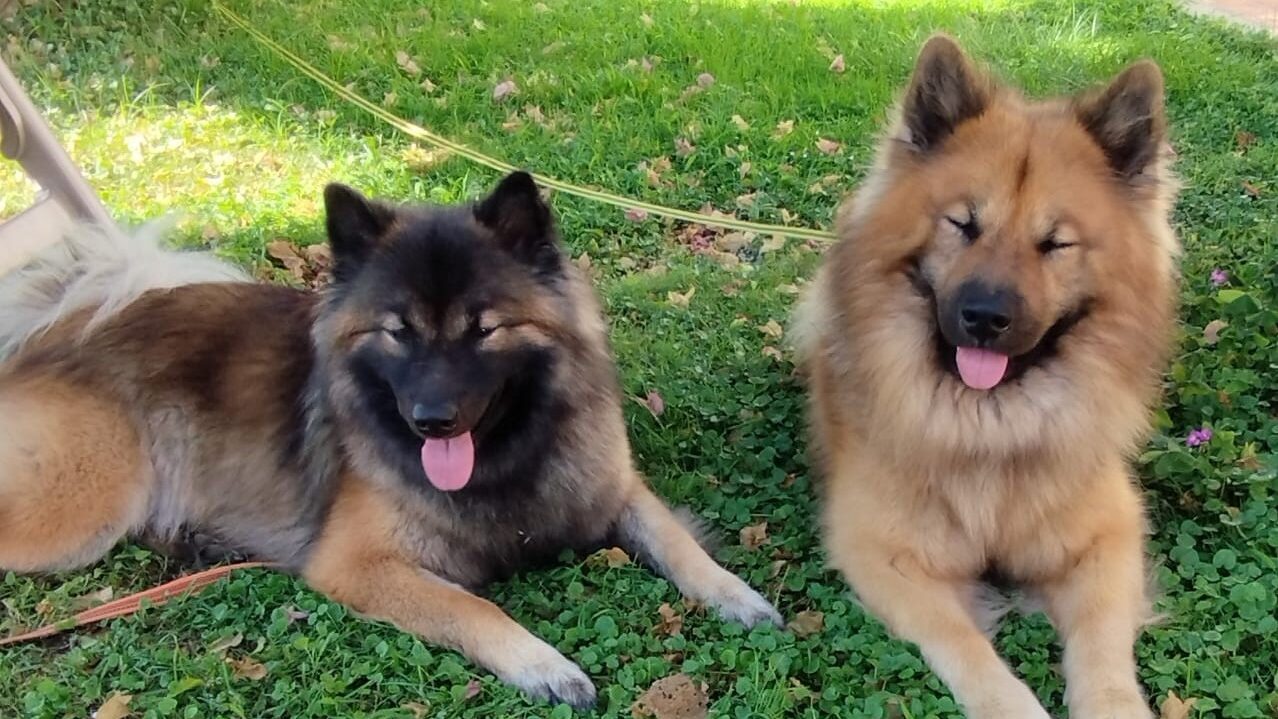
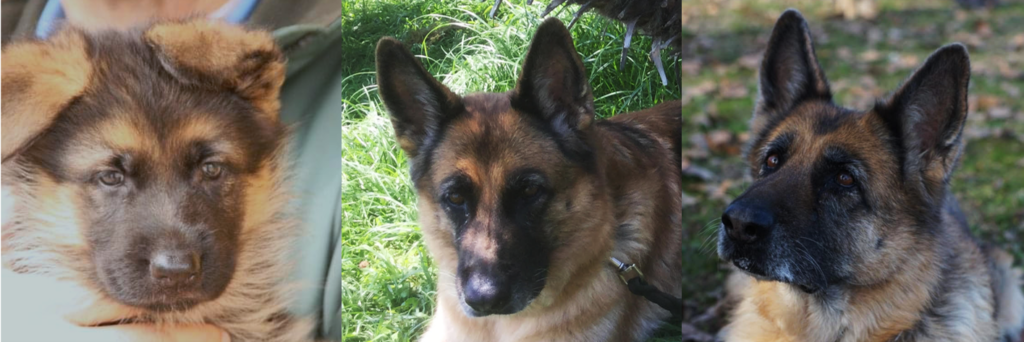
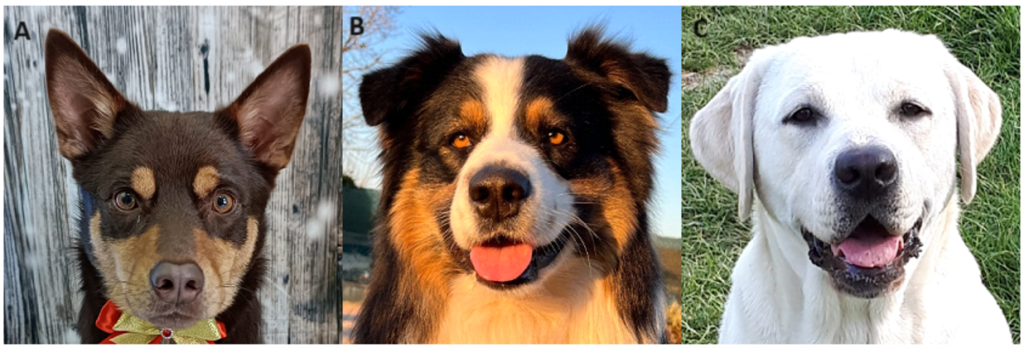
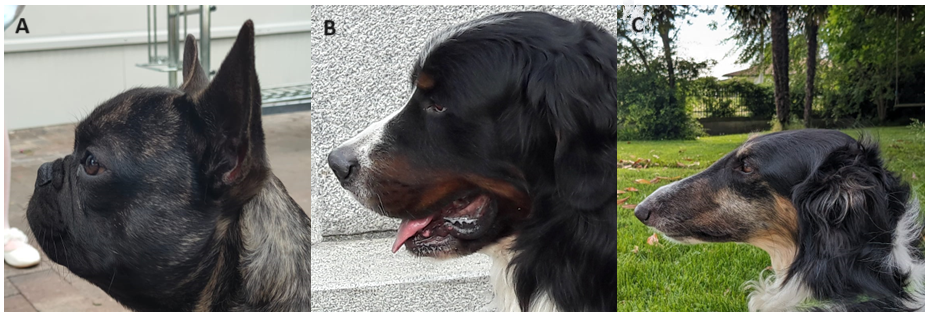
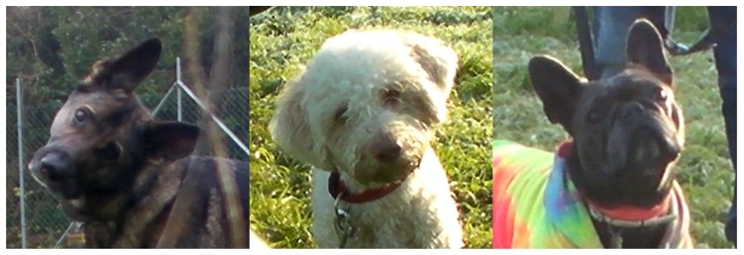
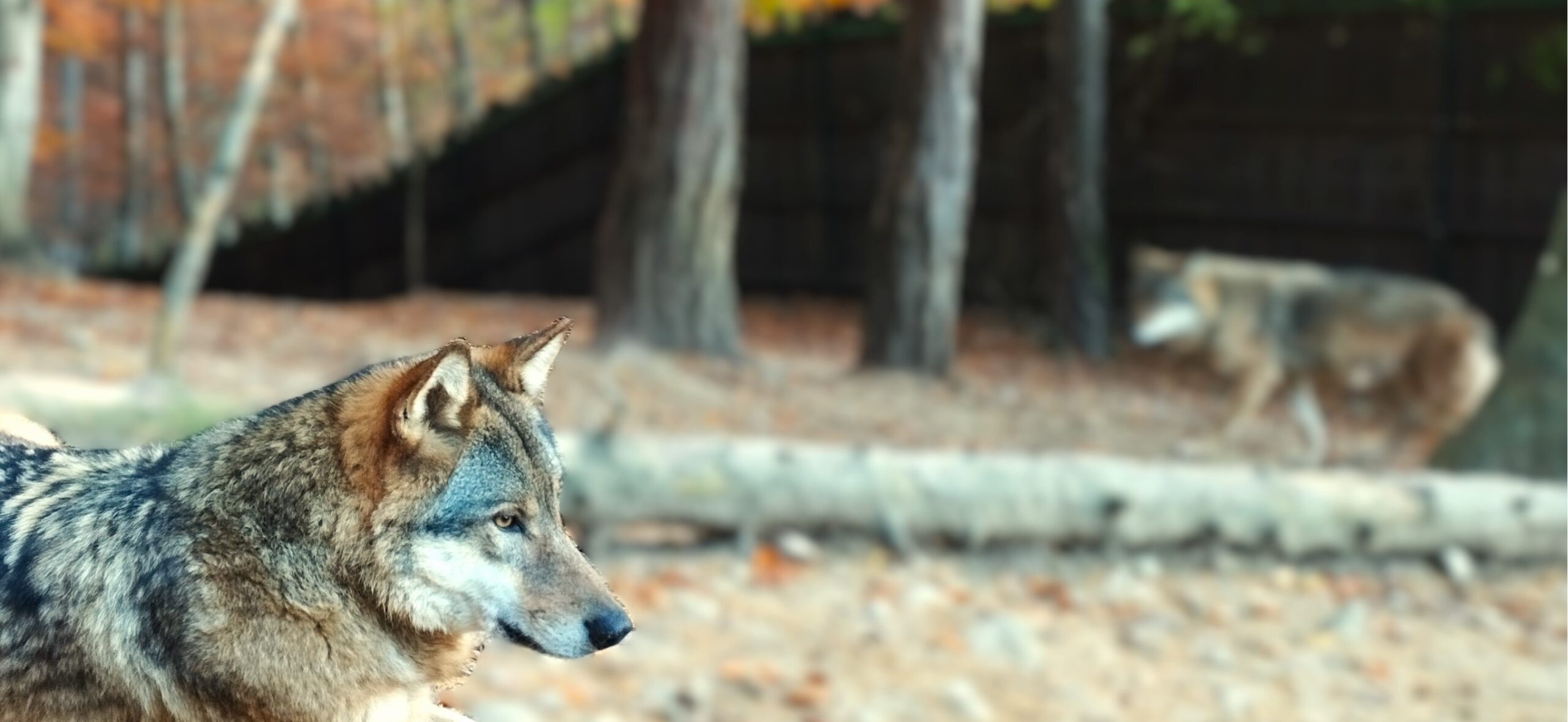
Wolves
Why did they not head tilt?
The wolves of this study never head tilted but that does not demonstrate that they do not perform the behaviour at all. Overall, they did not seem interested in the sound at all and, from their body language, they did not seem scared by it.
The explanations for this result can be multiple and for future studies it would be interesting to test them and explore more this behaviour in wolves. If the aim of the head tilting is actually to obtain more information about the sound and its position, it is logical to assume that, to trigger the behaviour, the sound has to be interesting or biologically relevant for the animal. The squeaky toy sound should have resembled a screaking prey. However, it could have been too different or these wolves were not attracted to it, since they never hunted. Alternatively, it could be that the sound position was not right to trigger the behaviour (exactly above/below/ to the side of the wolf head). At the same time, it could be that they were already habituated to the sound due to visitors’ noises. An alternative explanation could be that head tilting is completely absent in wolves and it was a result of domestication, consequently present only in dogs. In fact, it is triggered by known words in dogs and it could have been advantageous for them as a way to be chosen and kept by humans, since we find it cute.
